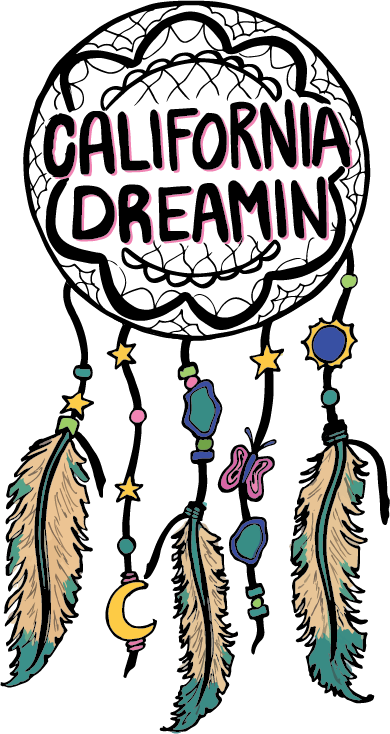Photo and Text: Amy C. Witt
Organic poultry is a rare bird in the pecking order of the modern food pyramid. There are few poultry operations that can claim or prove their meat and eggs are 100% organic and stand alone in taste and flavor. And there are even fewer farmers who take the time and effort to raise and preserve rare import heritage chicken breeds. Breeds such as the French Barbezieux, American Breese, Black Copper Marans, Crevecoeur and Silver-Grey Dorking roam the rows of walnuts at Sunbird Farms in Visalia as they peck at weeds, grass and grub that fill the fowls with extra nutrition.
“By purchasing your eggs and poultry from us, you’re not only receiving food that is better and healthier for you, but helping preserve the endangered species of the breed,” says Brice Yocum, owner of Sunbird Farms, as he stands in his 17-acre walnut orchard.
“We have a veterinarian that visits two times a year. They are blood tested for diseases and checked to make sure they are 100% healthy. We have never had a positive blood test,” Yocum explains as the farm is a part of the National Poultry Improvement Plan. Sunbird Farms is a self-sustaining, bio-diverse farming operation that sells better tasting food. His rare breeds have been hand selected for their reputation of producing premium meat and eggs but also because of their ability to acclimate to the Central Valley’s climate.
Not only are these chickens exposed to fresh air, sunlight and have freedom through wondering in the orchard, Yocum monitors and manages their diet by only feeding them the highest quality scratch, a mix of organically grown feed free of corn and soy. Feeding the chickens by hand allows him to track the quantity and quality of what they eat, and later on, what the consumer eats. Sending the meat and eggs to an independent lab for testing provides Yocum with the statistics to guarantee and prove Sunbirds’ chickens are among the best.
“When you buy Sunbird Farms pastured eggs and poultry, not only are you supporting the preservation of heritage breeds, but you can be sure that what you’re eating is proven healthier for you and your family. The lab tests show that our chickens provide better food and nutrition.”
Conventional eggs average a ratio of about 15:1, Omega-6s to Omega-3s. Sunbird Farms pastured eggs have a ratio of about 6:1, having almost 6x more Omega-3s than conventional eggs. Their pastured-poultry have a ratio of 7:1, which is more than twice as healthy as conventional poultry. While Sunbird is a small slow operation raising anywhere from 45-100 maximum birds at a time, their excellence in raising heritage chickens was recognized in the gourmet food industry.
In December 2014, the Wall Street Journal mentioned Sunbird Farms as being the only farm in America raising premium French poultry and getting them into the gourmet food market. In 2014, they were also selected to represent the United States as a delegate for their efforts in protecting rare, heritage chickens from around the world at Slow Food’s International Terra Madre event in Turin, Italy.
Along with selling organic poultry, eggs, APA(American Poultry Association) certified breeding stock (chicks, juveniles and adults) and bird feed, Yocum works with the Livestock Conservancy by hatching eggs in hopes of restoring the heritage of some of the highest ranking historical breeds. By preserving the breeds, they will gain knowledge and appreciation for which breeds provide premium meat for the table and which breeds are the strongest egg layers. Of the breeds at the farm, the French Barbezieux is famous for their flavor being known as the best tasting chickens in all of France. They lay white or tinted colored eggs while the prolific layers, French Copper Marans produce the darkest egg in the world. The chocolate colored egg laid by the Maran is amongst the rarest, most beautiful and delicious – the only egg James Bond eats.
“You can always tell what the color of an egg is going to be by the hen’s earlobe. If the ear lobe is white or light colored, it is going to lay a white egg. If the chicken has a red ear lobe, the egg will be brown or dark,” Yocum says as he explains that there are actually two colors of eggs, blue and white. But because of calcium and the breed, the hen adds a coating which changes the color of the egg.
Sunbird Farms was established in 2008, because of the need for not only, 100% organic chicken in the area, but because of the benefits it could provide for their family and the community. As Yokum’s wife, Erin was an advocate for healthy living and had the ideal location, a 20 acre walnut heirloom ranch, offering and specializing in poultry seemed to be the perfect fit. Additionally, by allowing chickens to enjoy life around the walnut trees, they attribute to the orchard by mixing the top soil, offering nourishment through manure and commit to weed and pest control.
“Our farm is a self-sustaining cycle. By buying from us, we are hatching, raising, restoring and eating a premium dying breed – the more that are sold, the more that are raised.”
Egg availability is dependent on the weather and the breed. Weather doesn’t affect the heritage breed chickens, however day light does. As the winter days get shorter, they begin to lay less and less, while some breeds may not produce eggs at all until February. Pasteurized eggs cost $8.50 a dozen. Sunbird Farms works with local businesses like the Farmers Daughter, Sage Roots and most recently, Merryman Station in Exeter. Pasteurized poultry meat sells anywhere between $8-$10 and all birds are processed by Sunbird Farms as they follow traditional Kosher methods under the small producer laws of California. For purchasing information, contact info@sunbirdfarms.com or visit www.sunbirdfarms.com.

















